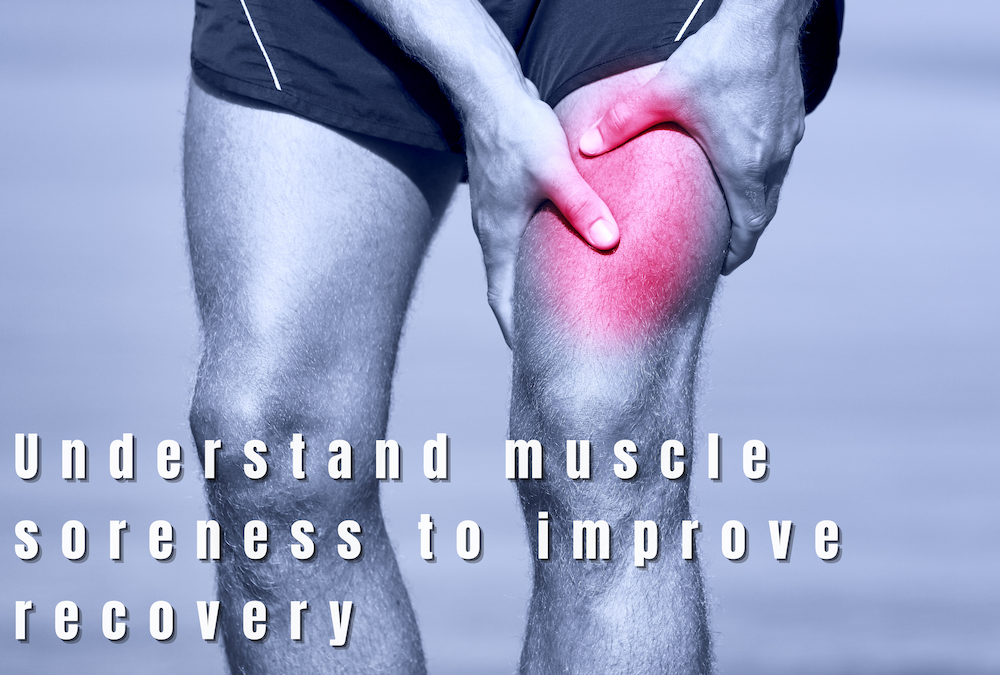There are many misconceptions on what causes muscle soreness. A common belief is that residual lactic acid is sitting in the muscle from yesterday’s workout and you should foam roll to get rid of it. This is completely false and I’ll explain why. Keep reading to learn what causes muscle soreness (and why this matters).
First, it’s important to understand what happens at a cellular level when we lift weights or start a new workout regime.
Muscle Physiology
Inside the muscle are millions of individual muscle cells called sarcomeres. The sole purpose of sarcomeres is to shorten and lengthen thus providing movement to the skeleton. At each end of these cells there are Z-Discs, which are the endpoint of each muscle cell. When you lift weights, the muscle cell pulls on these end points and if done repeatedly with enough force, damage occurs at the Z disc and muscle cell as a whole.
What Muscle Soreness Is
With a hard workout you create damage to the muscle at a cellular level. This damage is the pain you feel the next day or 48-72 hours after your workout. Creating damage is the exact mechanism for how we get bigger, stronger muscles. A muscle cell must go through a process of stress via a workout, and then a period of recovery where it can grow back bigger. The microscopic damage to our muscle cells is what causes muscle soreness.
Muscle soreness is not lactic acid. Lactic acid dissociates in less than a couple seconds to form lactate. It has no link in creating any muscle soreness.
Why Does This Matter?
It’s important to know what is happening in your body because it will change how you recover after a workout. Knowing that it is physical damage you are creating and not some other misconceived process will change what you do after a workout. In order to repair this muscle damage, you need to eat plenty of protein in order to provide your body the building blocks to repair itself. It is important to get plenty of sleep the night before and after the workout so your body can repair itself by releasing growth hormones while you sleep. Knowing that your muscles have damage and need to recover gives you the insight that the workout the following day should be easier. This will allow adequate recovery for the body to repair the damage you have created.
Delayed Onset Muscle Soreness (DOMS)
The muscle damage you create in a workout one day may not be felt as physical pain until 72 hours after the workout. This is known as delayed onset muscle soreness. It is important to understand that as your fitness improves you will become less sore after workouts. You also do not have to be sore after every workout to get the benefit from it. One way to manage your muscle soreness is through properly structured workouts.
Personal trainers are very good at managing stress in workouts to give you the best bang for your buck and manage muscle soreness. Schedule your free assessment to manage your muscle soreness today!


